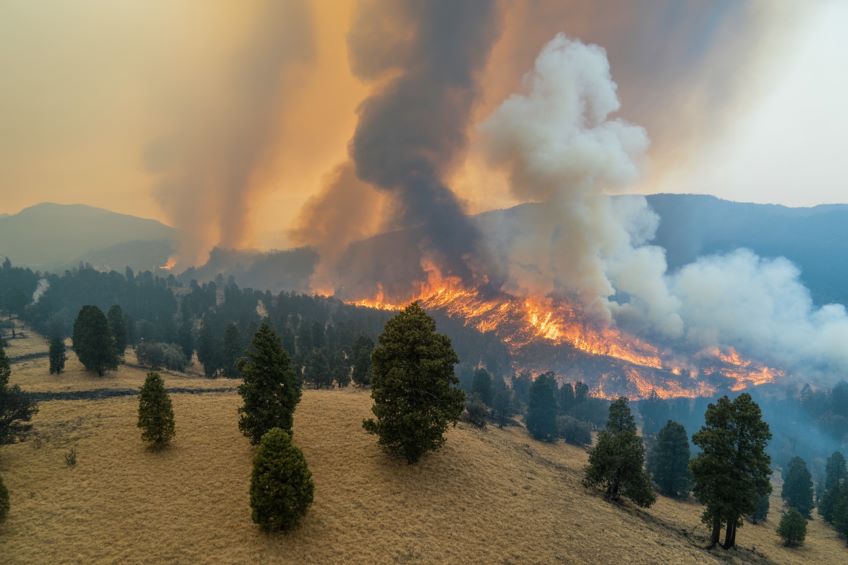Namibia’s Army Mobilized to Combat Wildfires in Tourist Haven
In an urgent response to escalating wildfires, the Namibian military has been deployed to assist in firefighting efforts at the renowned Etosha National Park. This iconic destination, which is home to an array of wildlife including endangered black rhinoceroses, has been significantly threatened by the rampant blaze.
Officials have expressed grave concerns about the fires’ impact on the park’s biodiversity, as it houses over 100 species of mammals alongside numerous birds and reptiles. The National Parks authority is particularly focused on protecting the delicate ecosystems within the park, which attract tourists from around the globe.
Significance of Etosha National Park
Located in northern Namibia, Etosha National Park spans approximately 22,912 square kilometers and is one of Africa’s largest reserves. Its unique salt pan, savannahs, and diverse habitats make it a vital area for conservation efforts and tourism. The park’s preservation is crucial not just for wildlife, but also for the local economy, heavily reliant on tourism revenue.
Current Fire Situation
The wildfires have been exacerbated by dry conditions typical of the region, leaving vegetation highly susceptible to flames. Local authorities have indicated that the situation may worsen if immediate action is not taken. Specialized firefighting units within the army are expected to implement techniques to bring the fires under control effectively.
Challenges Ahead
While the military’s involvement has been welcomed, the task ahead is formidable. Firefighters face various difficulties, including access to remote areas within the park and the unpredictable nature of wildfires. Experts point out the importance of a coordinated approach involving wildlife experts, local communities, and government entities to address the ongoing crisis.
Community and Conservation Efforts
Engagement with local communities has become essential in mitigating wildfire risks and developing sustainable practices that could prevent future occurrences. Education on land management and the promotion of fire-resistant crops are seen as potential proactive measures.
Table: Key Features of Etosha National Park
| Attribute | Details |
|---|---|
| Size | 22,912 square kilometers |
| Primary Species | Black Rhinoceros, Elephants, Lions |
| Annual Visitors | Around 200,000 |
| Year Established | 1907 |
Conclusion
The deployment of the army to combat the fires in Etosha National Park underscores not only the immediate ecological threat but also the importance of comprehensive strategies for conservation. Local authorities and conservationists are working diligently to safeguard this valuable natural treasure for future generations.


